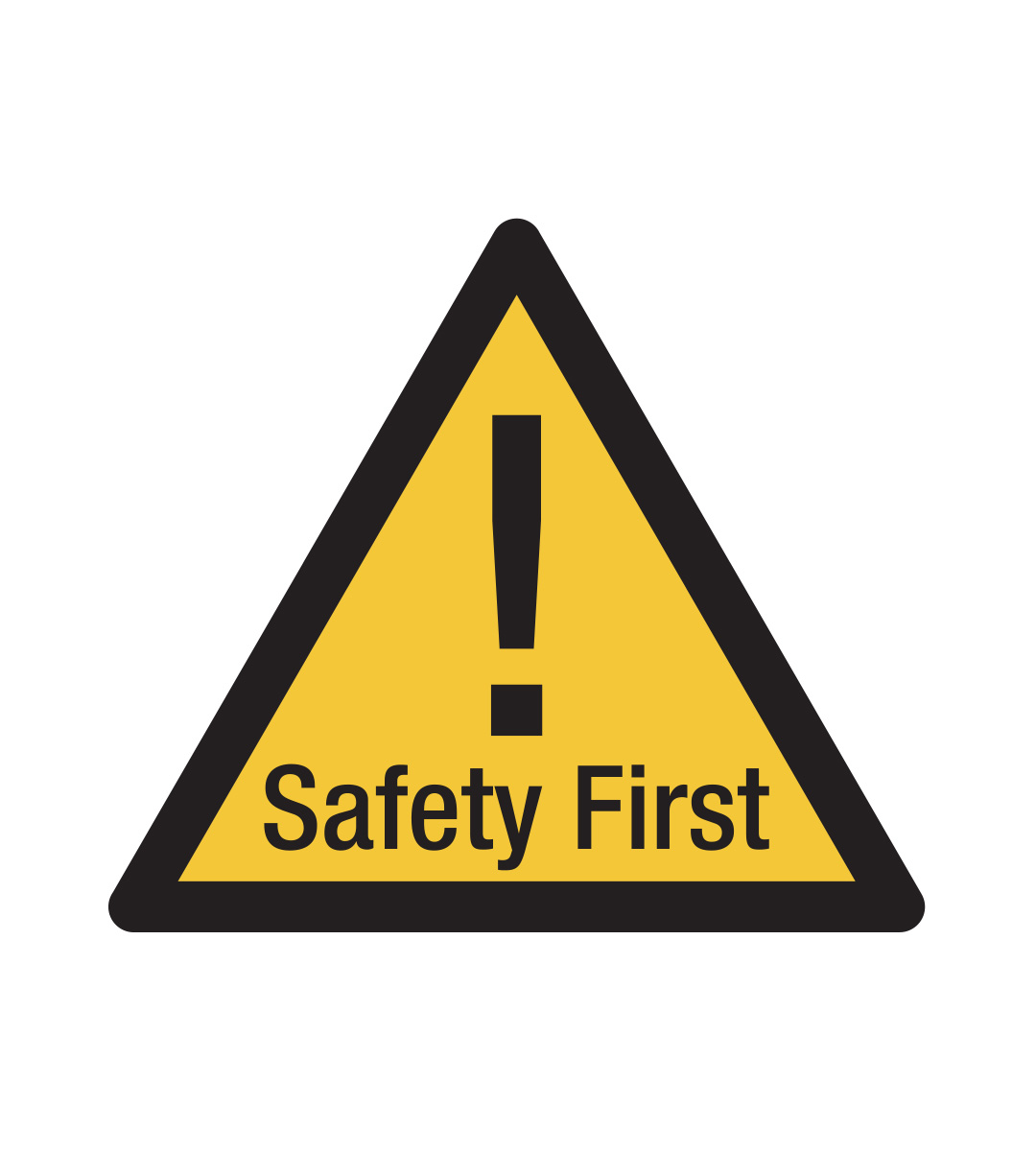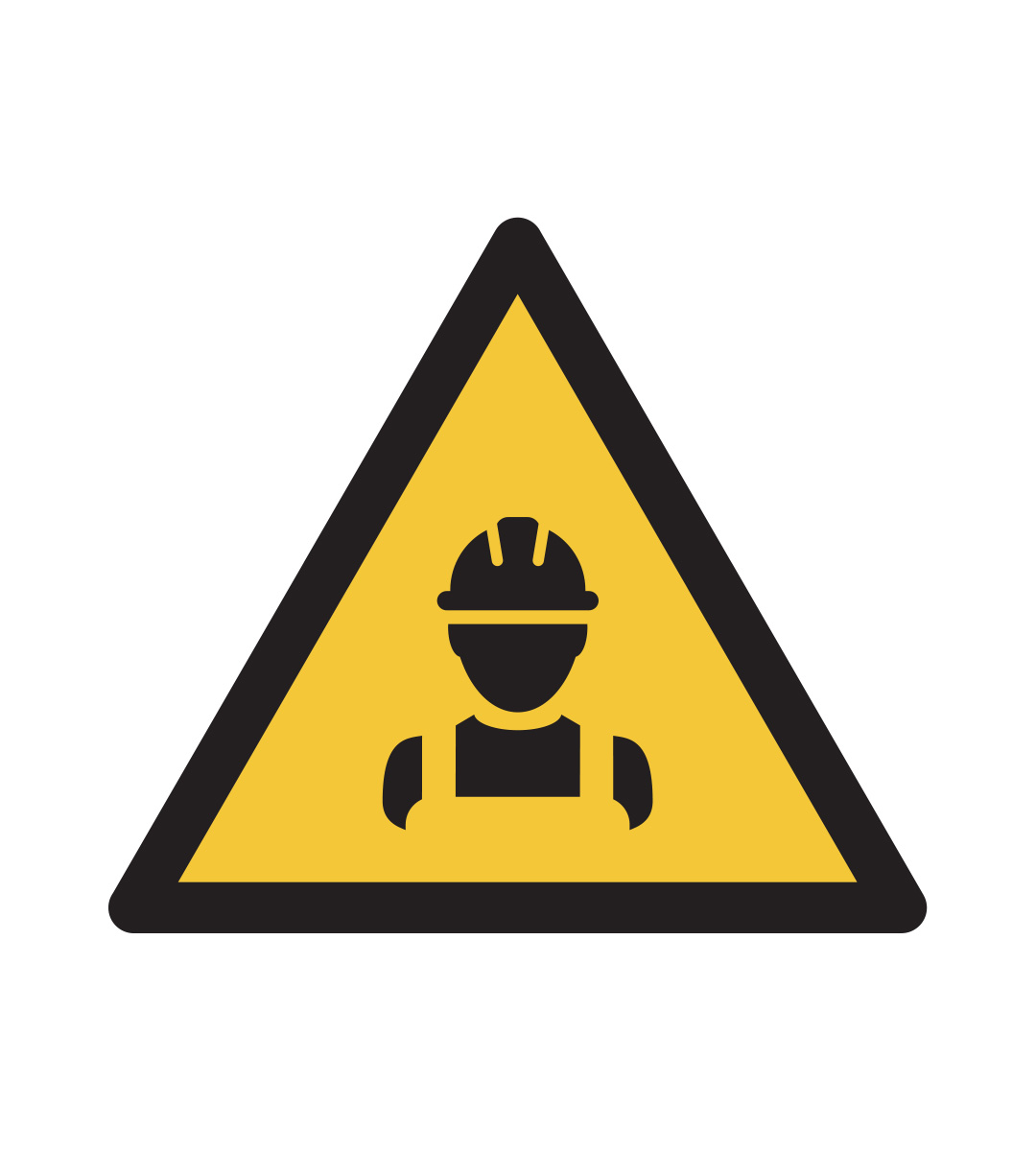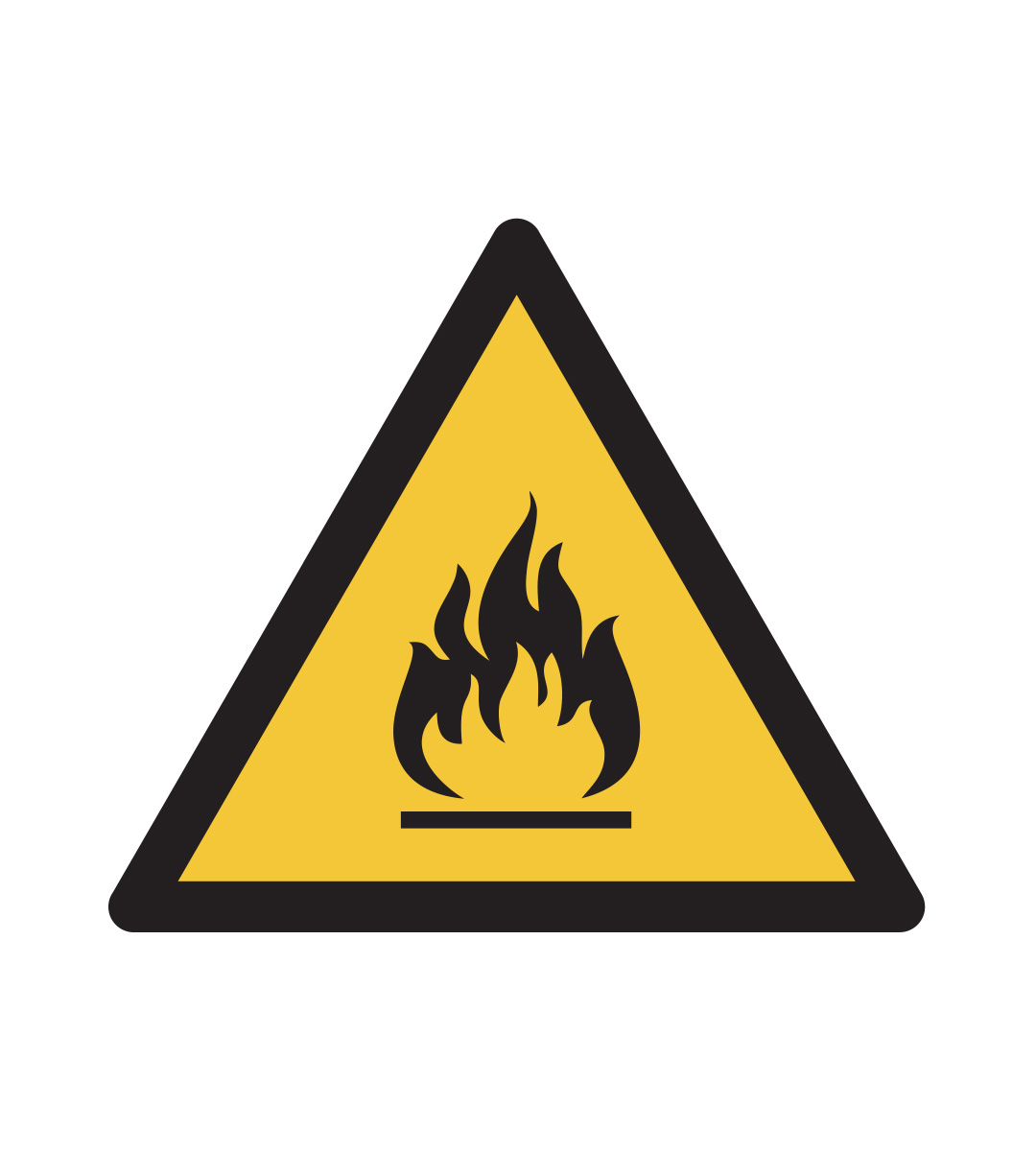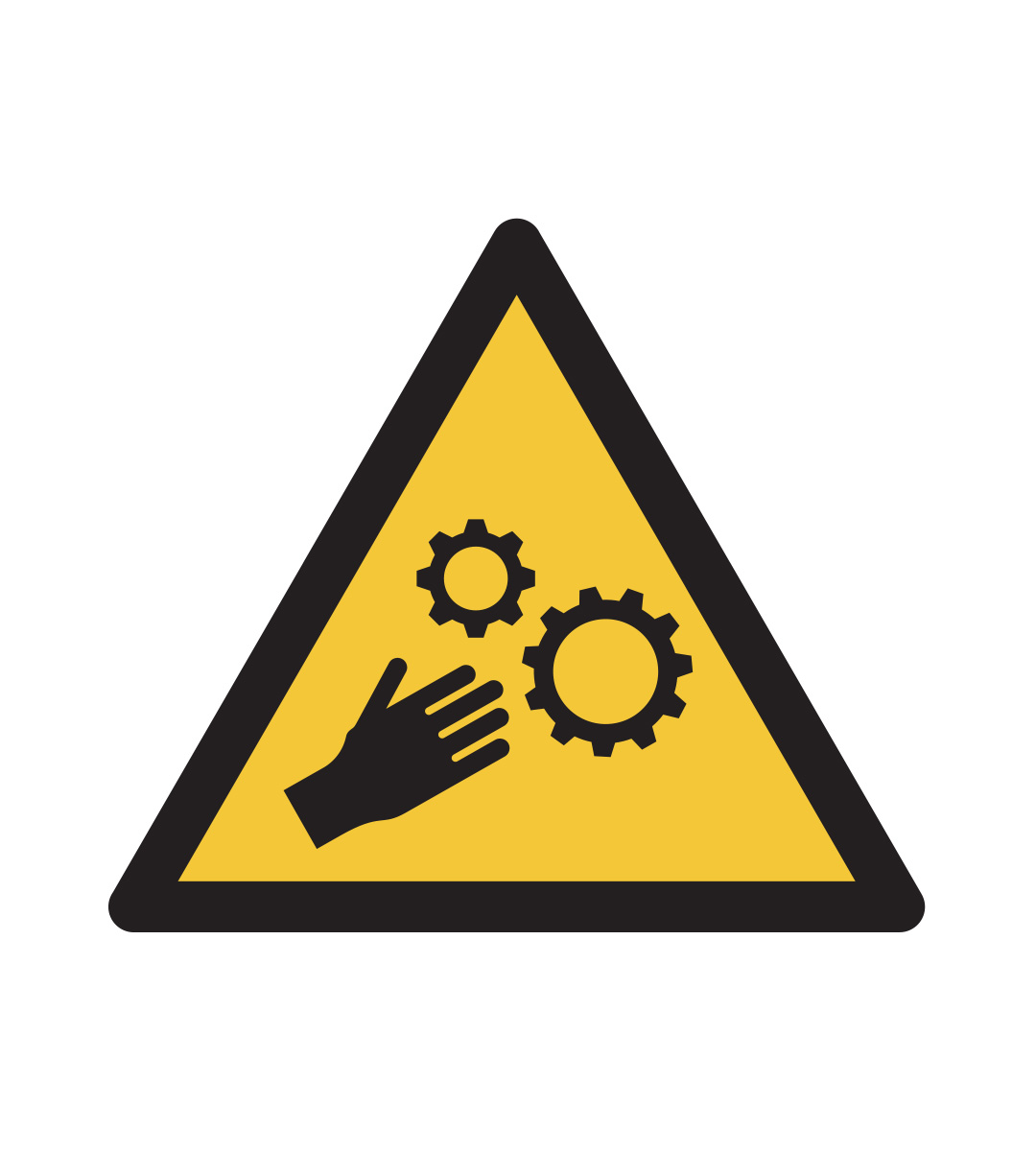MMSE training center
Starting from 2020, MMSE Training Center is conducting HSE training according to the program approved by the Ministry of Labor and Social Security and the Center for Labor Safety and Hygiene.
special training
Electrical safe training

Course Overview
This program aims to ensure the safety of citizens and employees performing work and duties in electrical installations and their protection zones, create healthy and safe working conditions, and provide an understanding of the procedures, rules, and work procedures during the operation, maintenance, and inspection of electrical installations and equipment.
Learning objectives
The aim of this course is to provide the following skills to the participants.
- Basic understanding of electrical safety
- General understanding of organizational measures to ensure electrical safety
- General understanding of electrical safety technical measures
- Basic understanding of recognizing and preventing electrical hazards and accidents
- General knowledge of laws, rules, and regulations related to electrical safety
- Ability to ensure electrical safety and comply with the requirements of instructions
- Tendency to actively participate in detecting, reporting, and eliminating factors that may lead to electrical accidents and dangerous situations
Target group
It is intended for people who work in electrical installations and do all kinds of electrical work.
Teaching methods
This course has 2 parts: theory and practice.
Theoretical part: will be conducted using PowerPoint presentations and videos. Also, the use of the Case Analysis method will improve learning outcomes. Active participation will be encouraged through dialogue and discussion to gain the personal experience of the participants and the group.
Course content
- Laws, rules, and regulations related to electrical safety
- Basic principles of identifying and preventing electrical hazards and accidents
- Basic understanding of electrical safety
- Organizational measures to ensure electrical safety
- Electrical safety technical measures
- First aid for victims of accidents
Safe construction training

Course Overview
In construction safety training, workers will be guided to use construction tools and equipment safely, to take safety control measures when working in dangerous buildings, and to regularly and correctly use protective equipment (PPE) for workers in energized equipment and during construction work.
Learning objectives
The purpose of this course is to provide the participants with the following knowledge and skills.
- Understand and assess the hazards in the construction workplace
- Learn to implement the controls to manage construction hazards/risks
- Learn how to work safely in risky activities on construction sites
- Understand the responsibilities of building safety officers, supervisors, and employees
- Understand the importance of job hazard analysis (JHA) / identification and risk assessment (RA) on construction sites
- Toolbox Talks, understanding and training on the importance of job briefings
Target group
For everyone who works on the construction site and supervises the work on the construction site.
Teaching methods
This course will be conducted using PowerPoint presentations and videos. Also, the use of the Case Analysis method will improve learning outcomes. Active participation will be encouraged through dialogue and discussion to gain the personal experience of the participants and the group.
Course content
- Work organization and basic requirements to ensure the safe operation of the construction site
- Hazard detection and control measures
- Safety requirements during transportation and wide transportation
- Safety requirements for electric and gas welding and gas cutting
- Safety requirements for demolition and demolition work
- Safety requirements for earthworks
- Drilling safety requirements
- Safety requirements for dough preparation
- Installation safety requirements
- Safety requirements for work at height
- Safety requirements for repair work
- Carpentry safety requirements
- Safety requirements for isolation work
- Safety requirements for roofing work
- Safety requirements for engineering networks and facilities
- Safety requirements for equipment and pipe testing
- Safety requirements for electrical installation, adjustment, communication signaling work
- Training and instruction on work clothing and protective equipment
VEHICLE SAFETY TRAINING

Course Overview
Transportation safety performance is related to a variety of conditions, including road design (drawing), Road safety policy and implementation law of Mongolia, behaviors of pedestrians and drivers on roads, and incident response period. Therefore, organizing effective transportation safety training requires multifaceted approaches and methods.
Learning objectives
The purpose of this course is to provide transportation industry professionals with safety knowledge, rules and guidelines applicable at all stages of transportation, and practical skills to implement them effectively.
Target group
This course is intended for working people involved in transportation activities (such as drivers, coordinators, and planners).
Teaching methods
This course will be conducted using PowerPoint presentations and videos. Also, the use of the Case Analysis method will improve learning outcomes. Active participation will be encouraged through dialogue and discussion to gain the personal experience of the participants and the group.
Course content
- Basic requirements and conditions for cargo transportation. Relevant safety legal documents
- Vehicle requirements
- Vehicle safety inspection. Safety during starting, parking, and loading
- Inspection of vehicle integrity and operability. Safe operation of maintenance work
- Employee medical examination and first aid
First aid training

Course Overview
This course covers teaching the trainees how to identify a wide variety of injuries, illnesses, and health issues and gives them deep skills on how to respond wide range of common workplace injuries/life-threatening injuries such as cuts, burns, sprains etc.
Learning objectives:
The purpose of this training is to teach the participants the skills to maintain the casualty’s vital signs in a stable condition until medical professionals arrive at the scene of the accident.
Target group:
This course is for workers of construction, mining, repair, and other types.
Teaching methods
This course has 2 parts: theory and practice. The theoretical part will be conducted using PowerPoint presentations and videos. Also, the use of the Case Analysis method will improve learning outcomes. Active participation will be encouraged through dialogue and discussion to gain the personal experience of the participants and the group.
The practical part will be provided to all trainees with materials and divided into teams of 2 people to conduct a dramatized performance of emergency response measures. Also, practical work such as vascular resuscitation, triangular bandage, and splinting on the CPR training manikin will be carried out.
Course content
- Principles of primary assessment of the patient’s physical condition (ABCD primary survey), basic resuscitation
- Secondary survey to assess the patient’s condition (secondary survey)
- Priority diversification of emergency services
- The principle of reporting the condition of a critical patient, the protocol for making an emergency call and receiving calls from the emergency department, and the international ISBAR principles
- Use of emergency room, bag, kit, and medicines
- Breathing techniques with the help of respiratory devices, manual breathing techniques
- AVSDE division to assist victims of accidents
- Defibrillation techniques
- Patient removal from the accident area and transport of critical patients
FIRE SAFETY TRAINING

Course Overview
Fire safety training focuses on raising awareness of fire hazards in the workplace, and how to work safely in
the event of a fire, including the correct selection and use of fire extinguishers.
Learning objectives:
The purpose of this training is to train the staff and provide knowledge and skills in fire safety measures.
Target group:
All employed workers
Teaching methods
Open pit safety training consists of the following training methods.
- Lecture
- Seminars, (Workshops) and presentations
- Group discussion
- Tasks
- Case studies and functional exercises
Course content:
- Laws on fire safety, rules and regulations for organizing fire protection
- Requirements, norms, and standards for determining the fire safety of the organization. State fire
control - Methodology for evaluating the risk of fire in the organization, Fire prevention measures.
- Planning, preparation, and readiness for fire protection of enterprises and organizations. Duties of
the designated fire protection team (evacuation of employees and customers), and safety
operations. - Fire alarm notification system and communication organization
- Various fire extinguishing methods (flammable gases, liquids, solid materials, electrical buildings, equipment, factories, service centers, offices, homes, and houses). Types and use of fire extinguishers. Issues to consider in a smoky environment*
- Understanding and first aid for burns and smoke inhalation
Open-pit safety training

Course Overview
This training defines the general concept of hazards and risks associated with working in surface mines,
provides a general understanding of safety operations, and provides knowledge about preventive measures
and principles in accordance with Mongolian and International safety standards and rules
Learning objectives:
It is to provide safety knowledge and skills to open-pit workers.
Target group:
- HSE Auditors
- HSE employees
- HSE training staff
- Open-pit workers and anyone in charge of open-pit management
Teaching methods
Open-pit safety training consists of the following training methods.
- Lecture
- Seminars (Workshops) and presentations
- Group discussion
- Tasks
- Case studies and functional exercises
Course content:
- Fundamentals of open pit production technology
- Laws, rules, regulations, and standards related to safety and hygiene in the mining industry
- Safe operation of open pit drilling
- Safe operation of open pit blasting
- Safety of excavation and loading of open pits
- Safe operation of open pit transportation
- Safe operation of piling operations
- Safe operation of transportation and movement of mobile mining equipment
- Safe operation due to landslides and collapses of mine shafts and piles
- Safe operation of mine water extraction and sweep work
- Safe handling of mine fires and explosives
UNDERGROUND MINING SAFE TRAINING

Course Overview
This course will provide detailed information and skills on underground mining concepts, operational
features, hazards, and risks.
Learning objectives:
The goal is to raise awareness of the dangers and risks that may occur in the workplace and to gain the
knowledge, skills, habits, and attitudes to provide first aid safely and correctly to the person closest to the
accident in the event of any accident, injury, or sudden illness.
Target group:
An employee who enters the underground mine and supervises the operation of the underground mine
Teaching methods
Underground mine safety training consists of the following training methods.
- Lecture
- Workshops and presentations
- Group discussion
- Tasks
- Case studies and functional exercises
Course content:
- Fundamentals of underground mining production technology
- Laws, rules, regulations, and standards related to safety and hygiene in the mining industry
- Safe operation of underground mine drilling.
- Safe operation of underground mine blasting
- Safe operation of digging and loading of underground mines
- Safe operation of underground mine transporЭ
- Safe operation of mine-wide transport vehicles
- Safety of support work
- Hazards from collapse and collapse. Prevention and monitoring
- Underground mine ventilation. Safe handling of toxic gases
- Safe operation of groundwater
- Safe handling of fire and explosives
EQUIPMENT SAFETY TRAINING

Course Overview
The training describes the principles of machine safety, other hazards related to machine operation,
machinery protection, machinery safety devices, and scheduled maintenance.
Learning objectives
The purpose of this training is to provide the professionals who work with equipment with the knowledge
and skills to protect themselves from any danger caused by the equipment and to prevent accidents,
injuries, and negative health effects caused by the use of machines and equipment in the workplace.
Target group:
This course is intended for workers who work directly or indirectly with equipment /equipment operators/.
Course content:
This course will be conducted using PowerPoint presentations and videos. Also, the use of the Case
Analysis method will improve learning outcomes. Active participation will be encouraged through dialogue
and discussion to gain the personal experience of the participants and the group.
Course content:
- Rules, regulations, and standards for risks and risk prevention when working with equipment
- Safety, basic use, and safe operation of machines and equipment
- Conflict, Disruption when working with machinery
- Safety control and risk prevention of machinery technique and operation